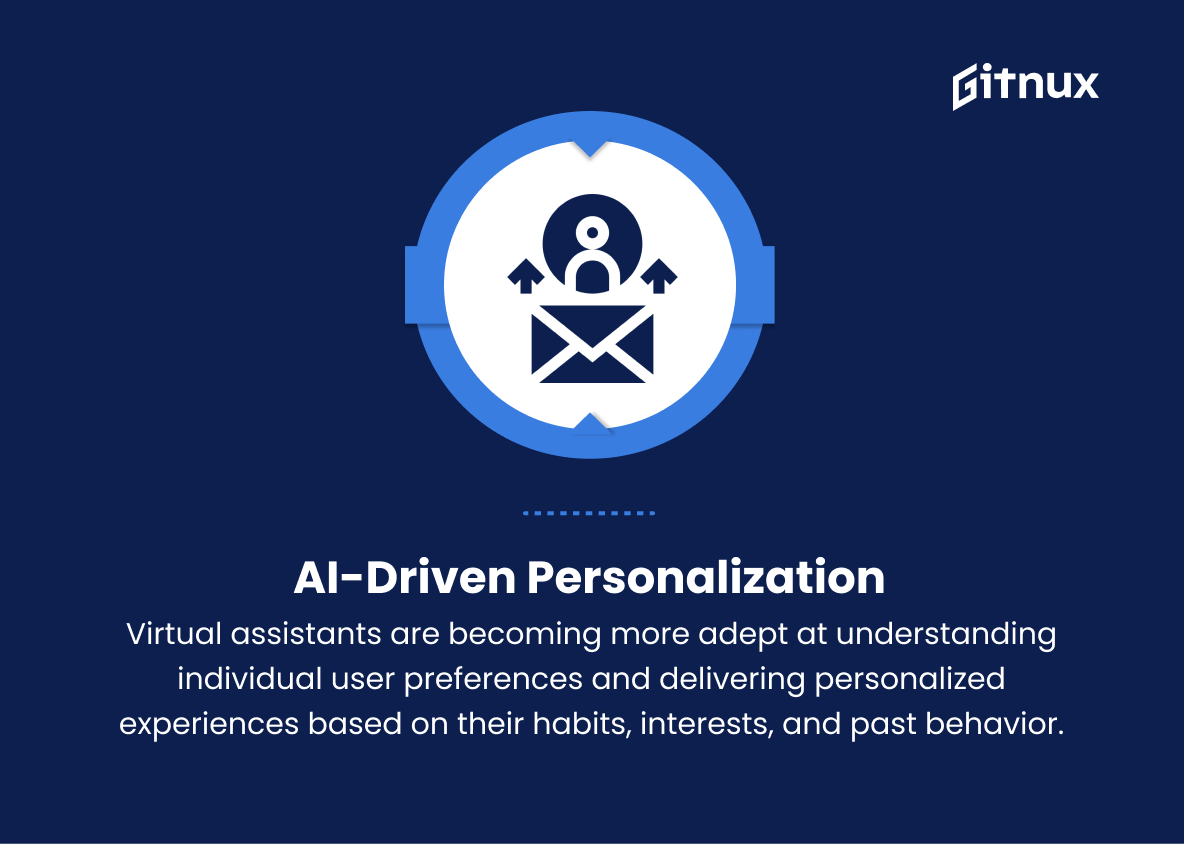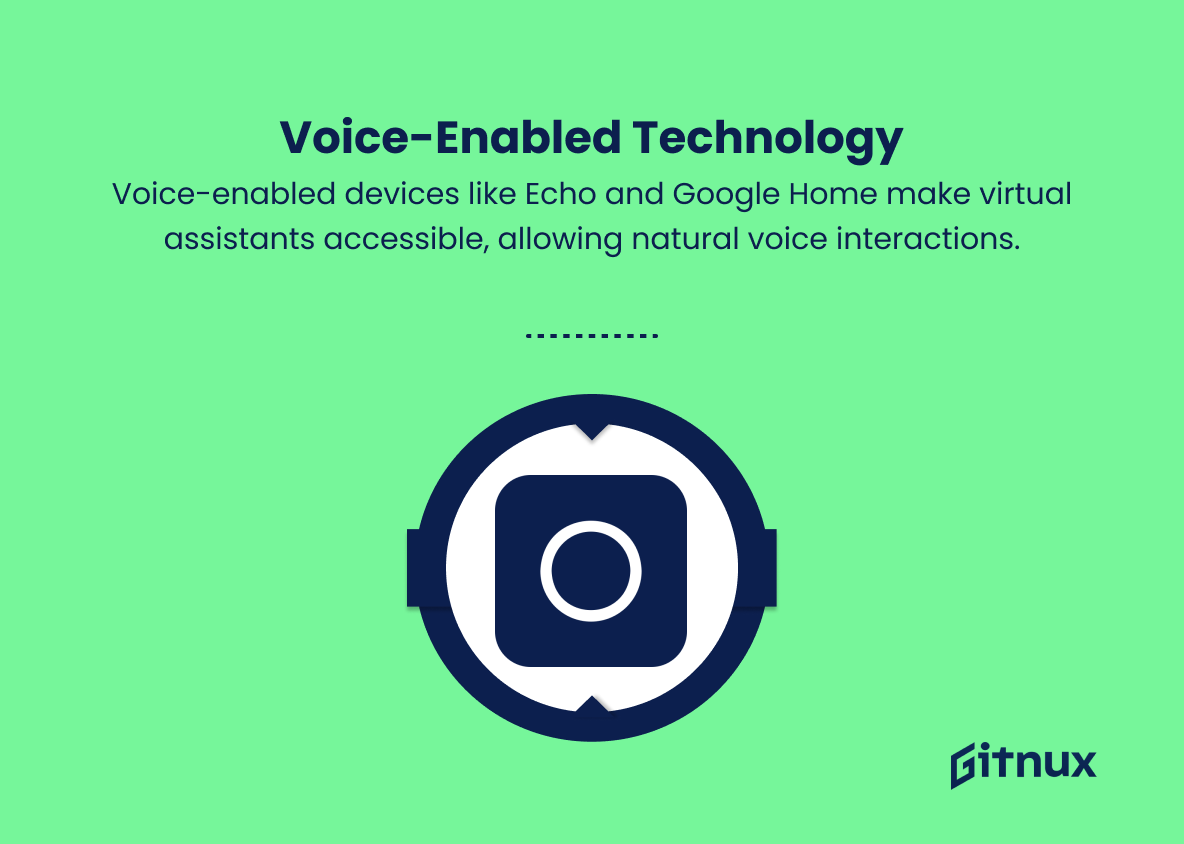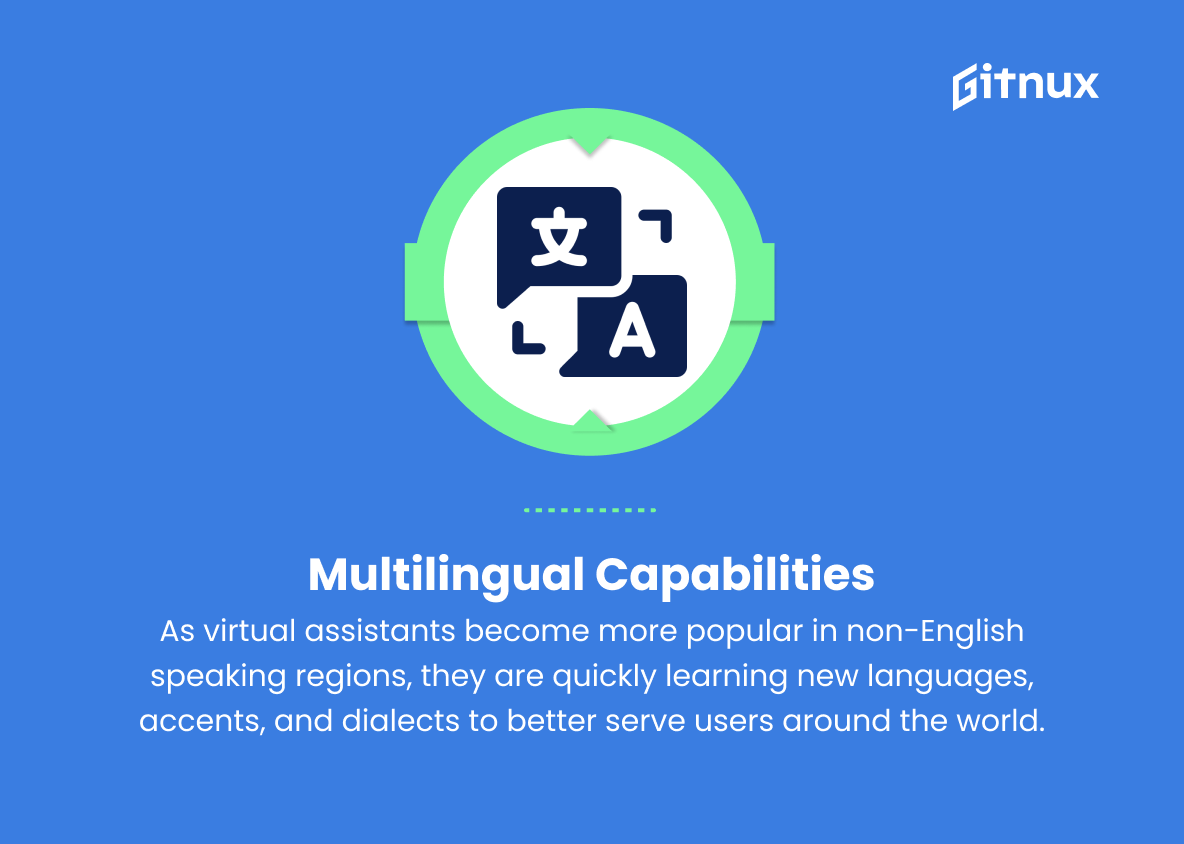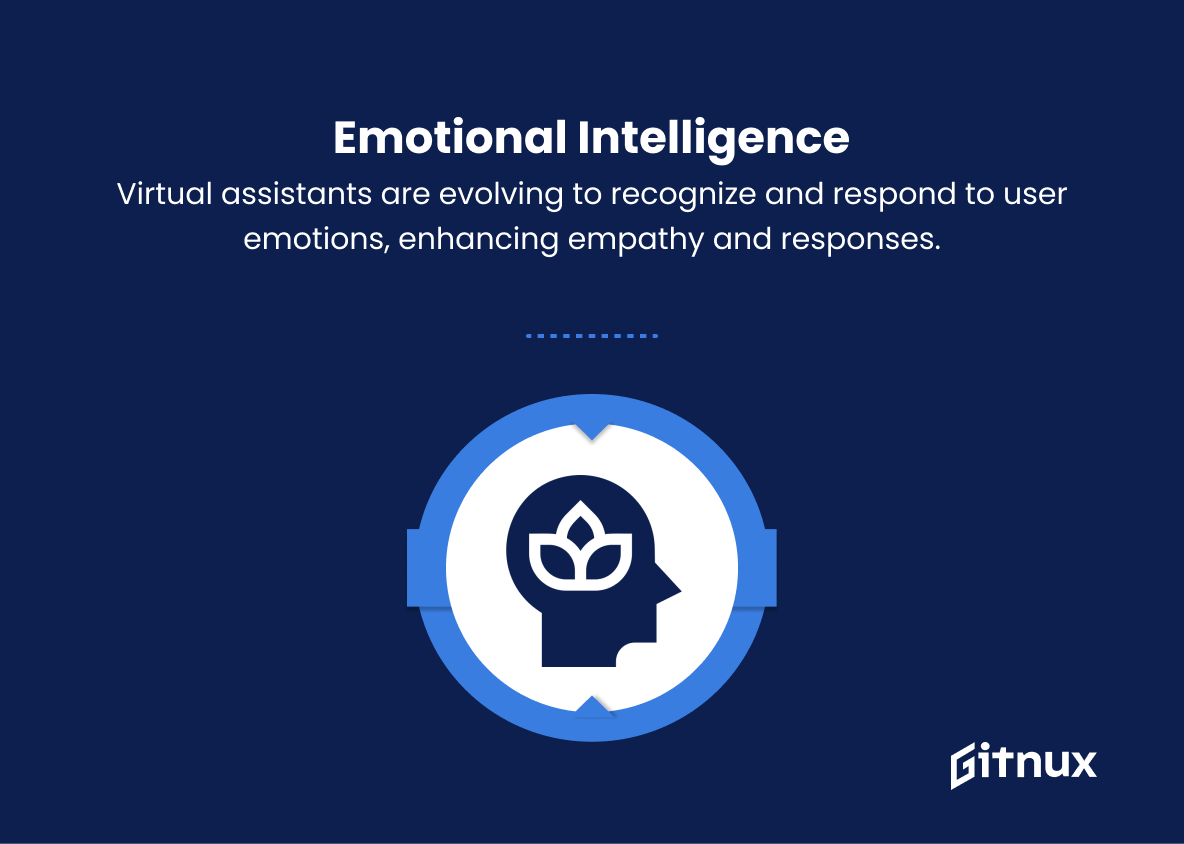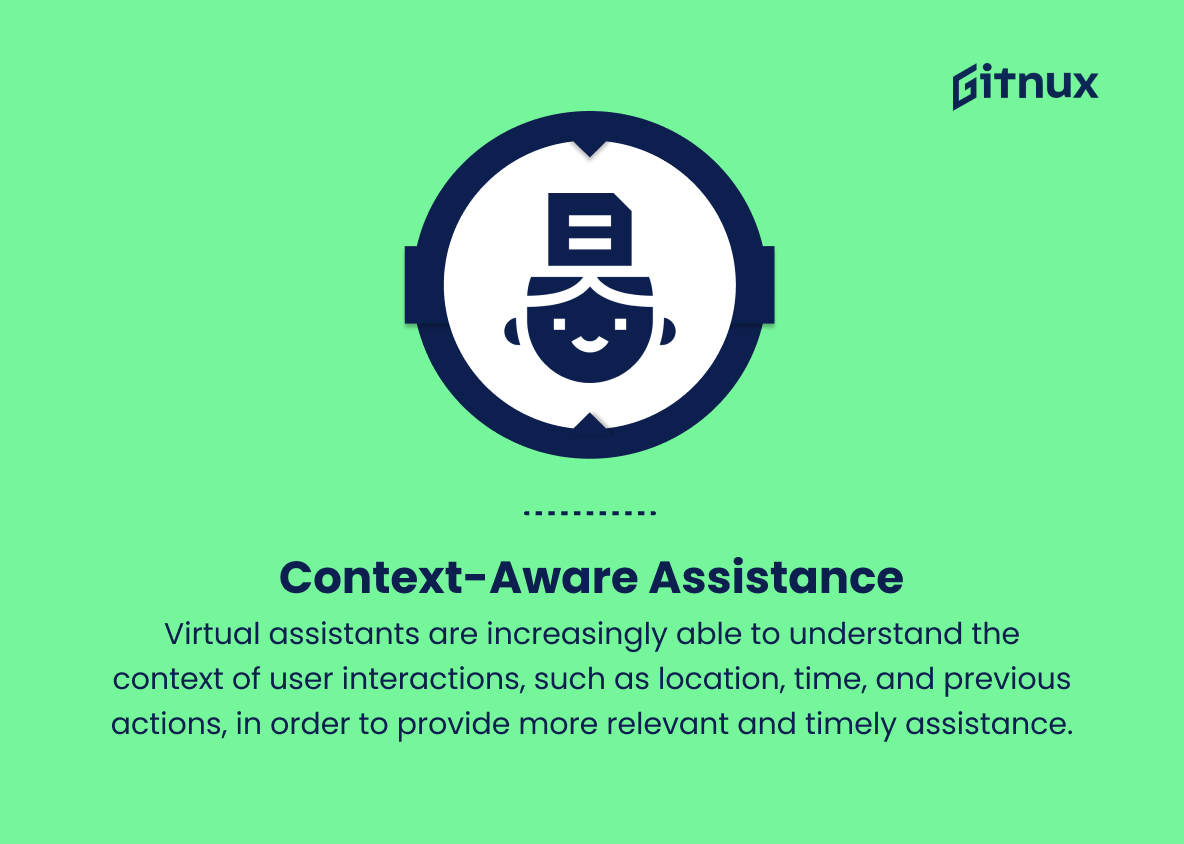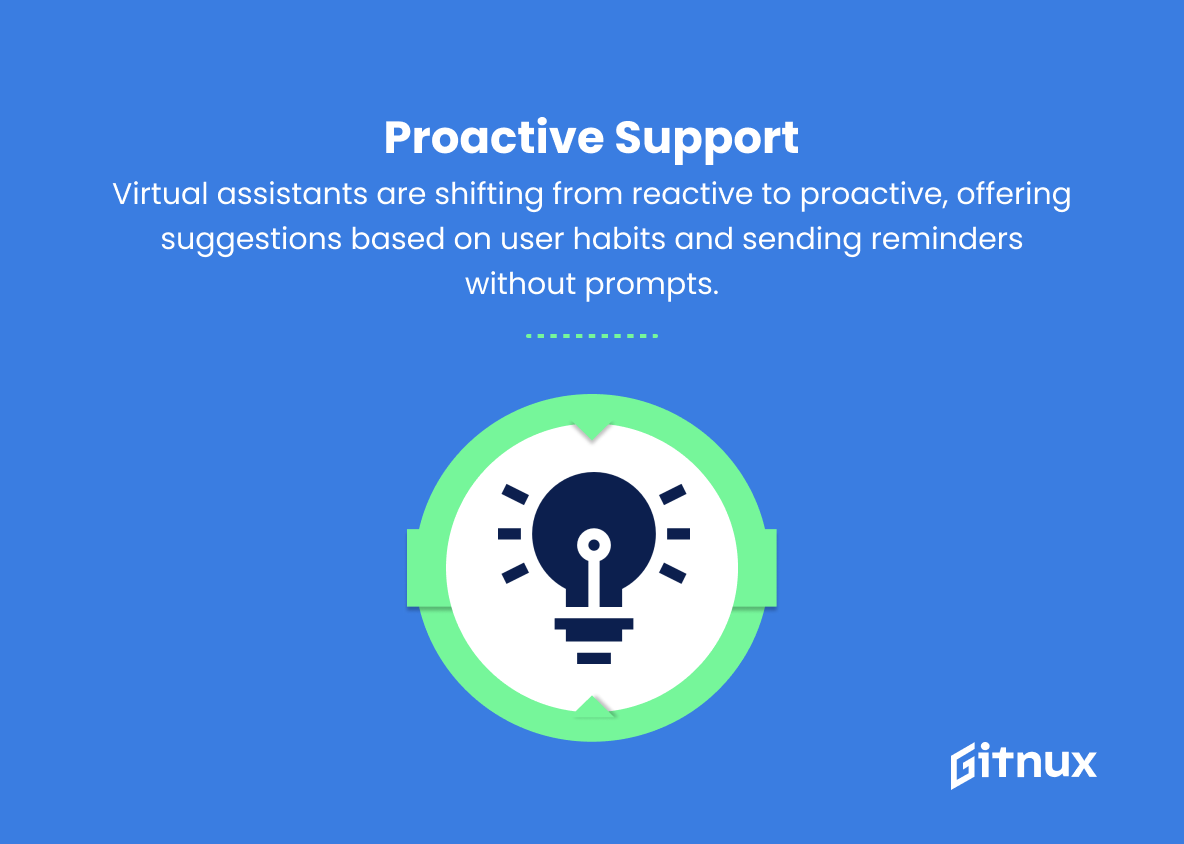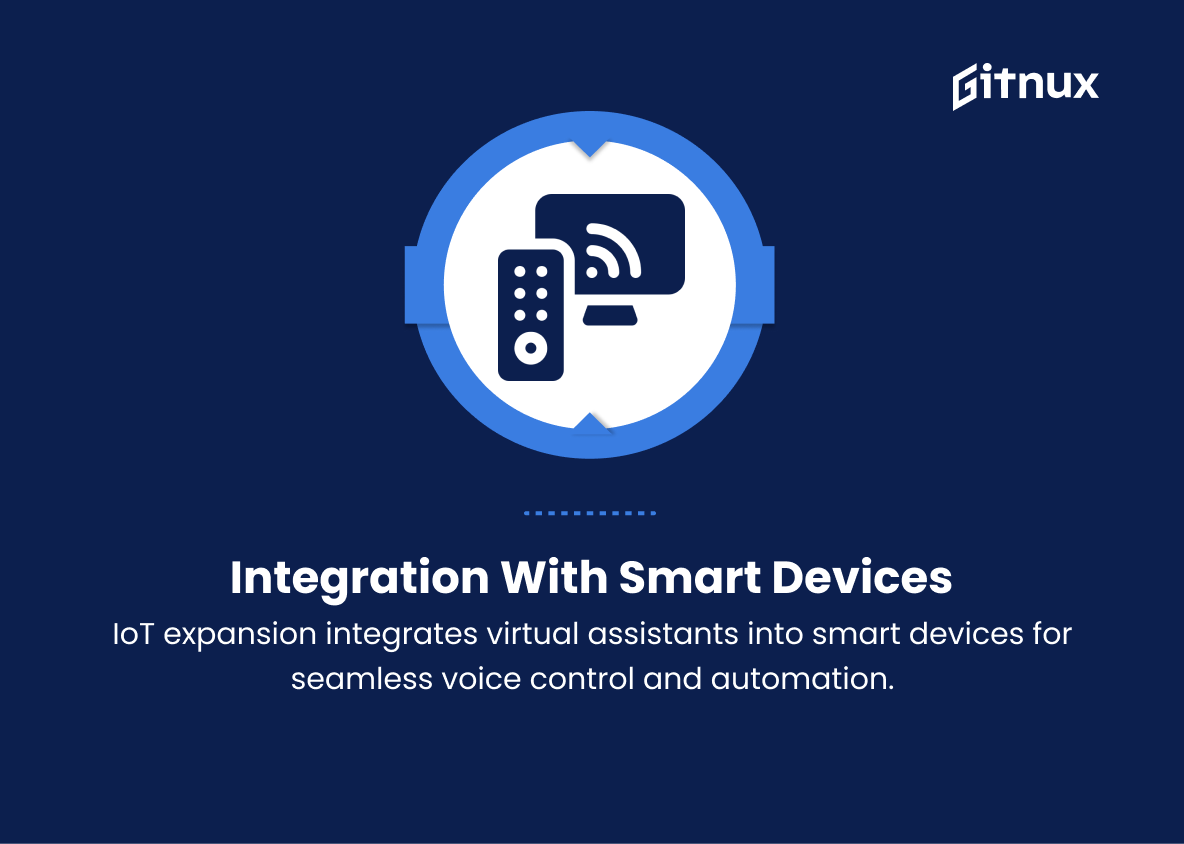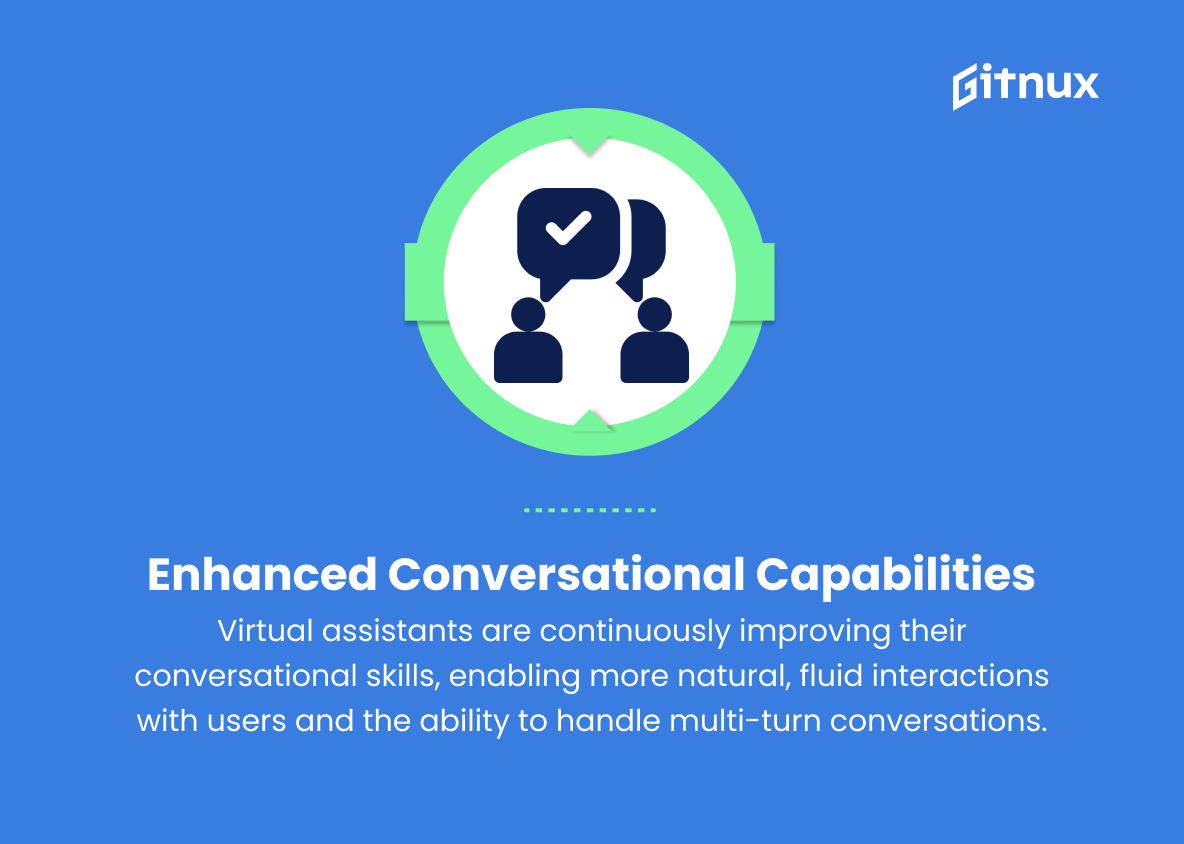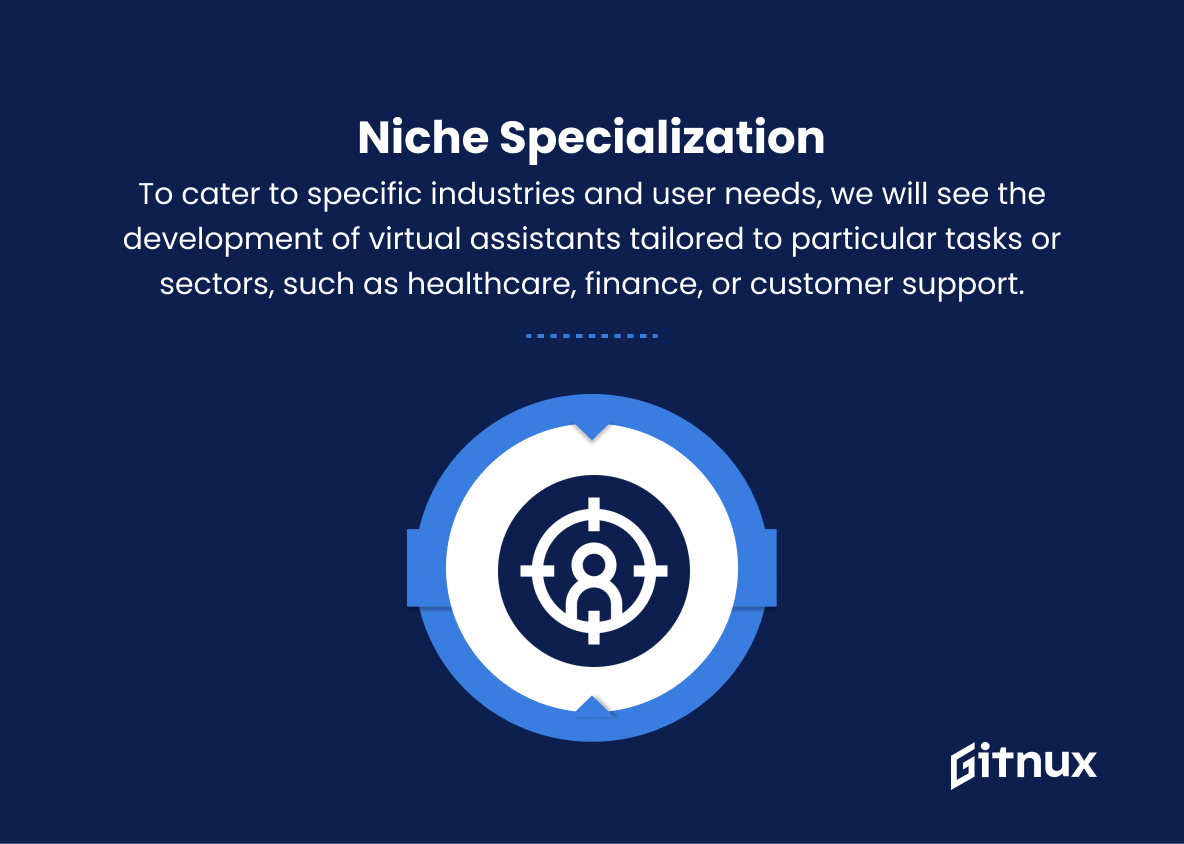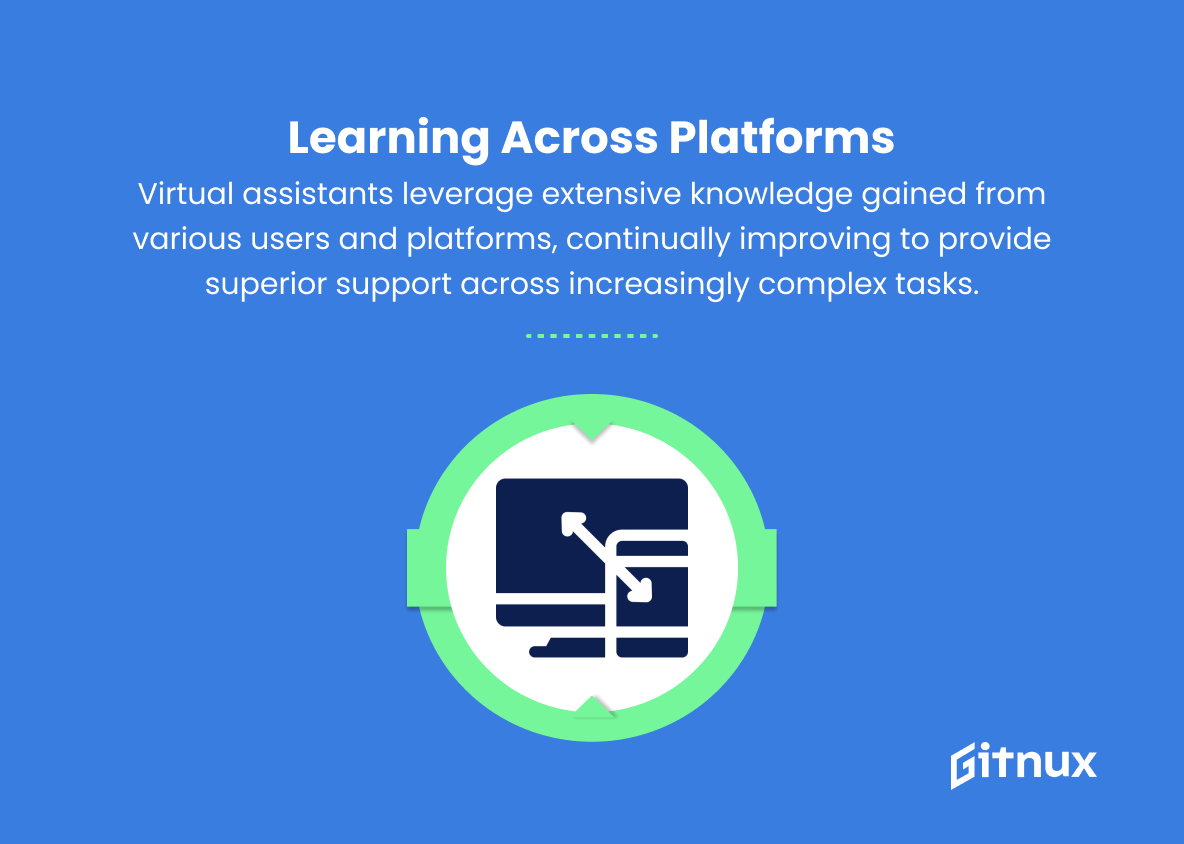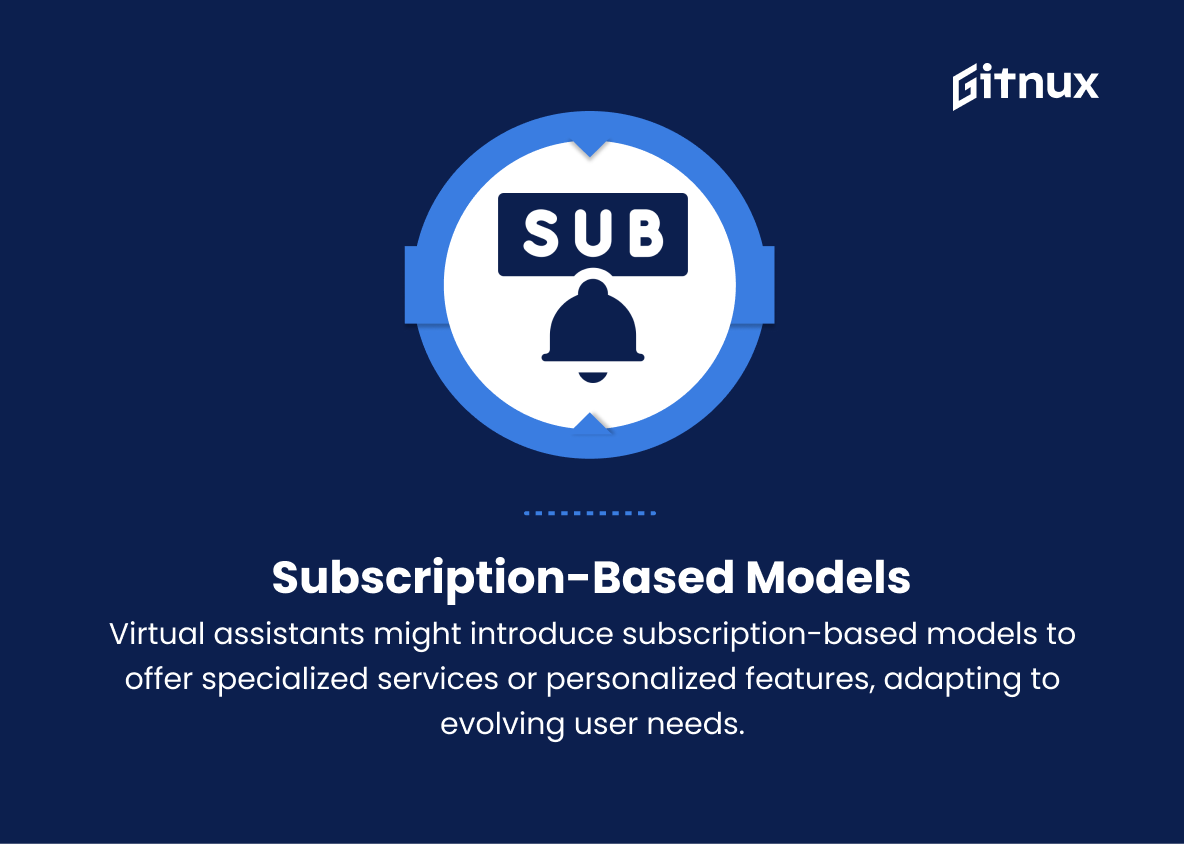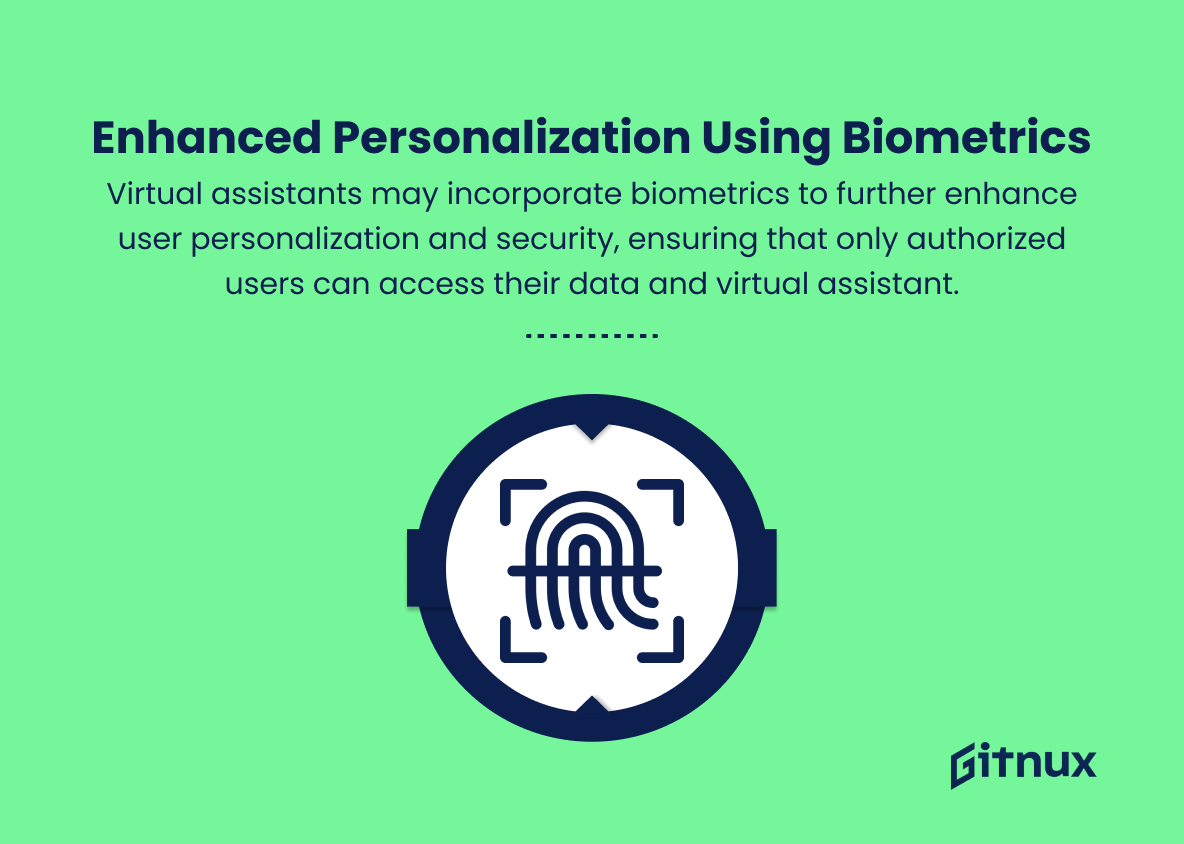In today’s fast-paced digital landscape, virtual assistants are rapidly becoming indispensable assets for businesses and individuals alike, providing streamlined solutions to everyday tasks and complex challenges. As artificial intelligence continues to advance and integration into our daily lives expands, it is essential to keep a finger on the pulse of the emerging trends shaping the virtual assistant industry.
In this insightful blog post, we delve into the latest developments and innovations in the realm of virtual assistants, providing valuable insights and predictions that are geared towards helping you stay ahead of the curve in this constantly evolving field. So, buckle up and join us as we explore the cutting-edge virtual assistant trends that are set to redefine productivity, efficiency, and convenience in the digital era.
Top Virtual Assistant Trends
1. AI-driven personalization
Virtual assistants are becoming more adept at understanding individual user preferences and delivering personalized experiences based on their habits, interests, and past behavior.
2. Voice-enabled technology
The rise of voice-enabled devices like Amazon Echo and Google Home is making virtual assistants more accessible and enabling users to interact with them more naturally using voice commands.
3. Multilingual capabilities
As virtual assistants become more popular in non-English speaking regions, they are quickly learning new languages, accents, and dialects to better serve users around the world.
4. Emotional intelligence
Virtual assistants are becoming more human-like in their ability to recognize and respond to the emotional context of user interactions, improving their ability to empathize with users and deliver more appropriate responses.
5. Context-aware assistance
Virtual assistants are increasingly able to understand the context of user interactions, such as location, time, and previous actions, in order to provide more relevant and timely assistance.
6. Proactive support
Virtual assistants are evolving from being primarily reactive to offering proactive suggestions, like recommending a relevant action based on a user’s habits or sending reminder notifications without being prompted.
7. Integration with smart devices
As the Internet of Things (IoT) continues to expand, virtual assistants are being integrated into an increasing number of smart devices to deliver seamless voice control and automation capabilities.
8. Improved security and privacy
Virtual assistants are developing enhanced security measures to ensure that user data is protected, and voice recognition features are becoming more sophisticated, preventing unauthorized access.
9. Enhanced conversational capabilities
Virtual assistants are continuously improving their conversational skills, enabling more natural, fluid interactions with users and the ability to handle multi-turn conversations.
10. Niche specialization
To cater to specific industries and user needs, we will see the development of virtual assistants tailored to particular tasks or sectors, such as healthcare, finance, or customer support.
11. Collaboration with humans
Virtual assistants are expected to learn how to work alongside human operators, seamlessly providing support and taking over tasks when needed in collaboration.
12. Learning across platforms
As virtual assistants learn from different users and platforms, their ability to deliver superior experiences and support will improve exponentially, leveraging a vast knowledge base to assist users in increasingly complex tasks.
13. Subscription-based models
To cater to the changing needs of users and provide premium features, virtual assistants may start adopting subscription-based payment models, allowing users access to specialized services or personalized virtual assistants.
14. Improved personalization through biometrics
Virtual assistants may incorporate biometrics (e.g., facial recognition, fingerprints) to further enhance user personalization and security, ensuring that only authorized users can access their data and virtual assistant.
Implications
Virtual assistants are experiencing rapid advancements that are set to revolutionize how users interact with technology. With AI-driven personalization, users will enjoy tailored experiences based on their interests and behaviors, and voice-enabled technology is making it increasingly convenient for users to access these features through devices like Amazon Echo and Google Home. Multilingual capabilities are making virtual assistants more accessible globally, while advancements in emotional intelligence and context-aware assistance enable more personalized and relevant interactions.
As virtual assistants become more proactive in providing support, they will be integrated into a growing number of smart devices, enhancing the Internet of Things. Improved security and privacy measures will help protect user data, while enhanced conversational capabilities and niche specialization will cater to specific user needs across various sectors. The ability of virtual assistants to collaborate with humans and learn across platforms will transform the way tasks are accomplished, and subscription-based models could offer users greater access to specialized capabilities.
Furthermore, biometric features may be incorporated to take personalization and security to new heights, solidifying virtual assistants as a vital part of daily life.
Conclusion
In conclusion, it is evident that virtual assistant trends are shaping the future of technological advancements and digital interactions. As businesses continue to prioritize efficiency, productivity, and user satisfaction, the implementation of cutting-edge virtual assistant technologies is essential.
By staying well-informed on these emerging trends and embracing the transformations brought forth by AI and machine learning, companies can streamline their operations and remain competitive in an evolving digital landscape. As virtual assistants continue to evolve, it is crucial not just for businesses but also for individual users to adapt and harness these powerful tools, ultimately improving the quality of work, communication, and overall digital experience.
